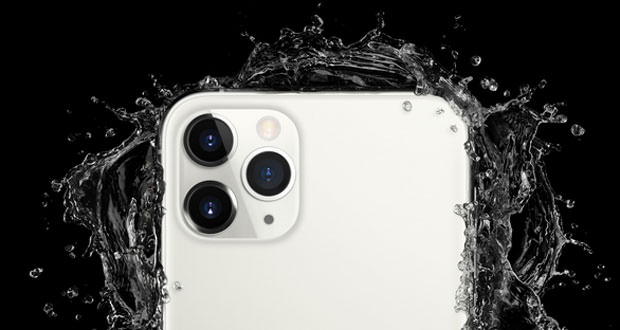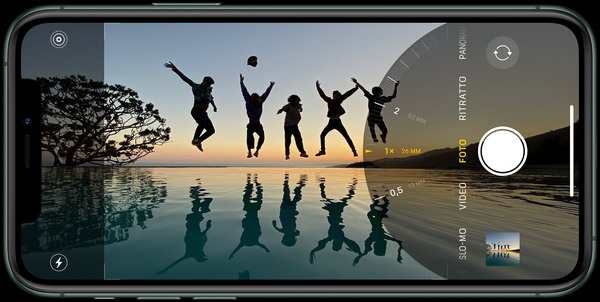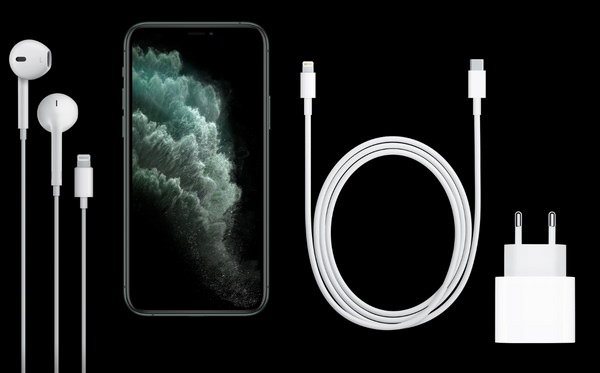iPhone 11 Pro and 11 Pro Max: The features in detail
The new iPhone 11 Pro and iPhone 11 Pro Max are the current top of the range smartphones from the Cupertino giant. The best of technology is enclosed in a water and dust proof chassis. Three rear cameras then make their debut.
Almost completely new name (for Apple’s smartphones) looking at the very high end of the market: we are obviously referring to iPhone 11 Pro and iPhone 11 Pro Max. These two models represented ” the state of the art ” regarding the bitten apple smartphones, but what are the technical characteristics? Here’s what you need to know.
iPhone 11 Pro and iPhone 11 Pro Max: The technical features
As already seen in the past (starting with iPhone 6), even in this case Apple has decided to create two models with different dimensions and part of the specifications to please all users. The ” smaller ” version has a screen with a 5.8″ diagonal while the ” larger ” version reaches 6.5″.
In both cases, we find a panel called Super Retina XDR with an OLED matrix that allows for a contrast of 2,000,000:1 and support for HDR technology. What changes is the resolution that in the case of the 5.8″ version is equal to 2,436 x 1,125 pixels and for the 6.5″, one is equal to 2,688 x 1,242 pixels. In both cases, the density is 458 PPI.
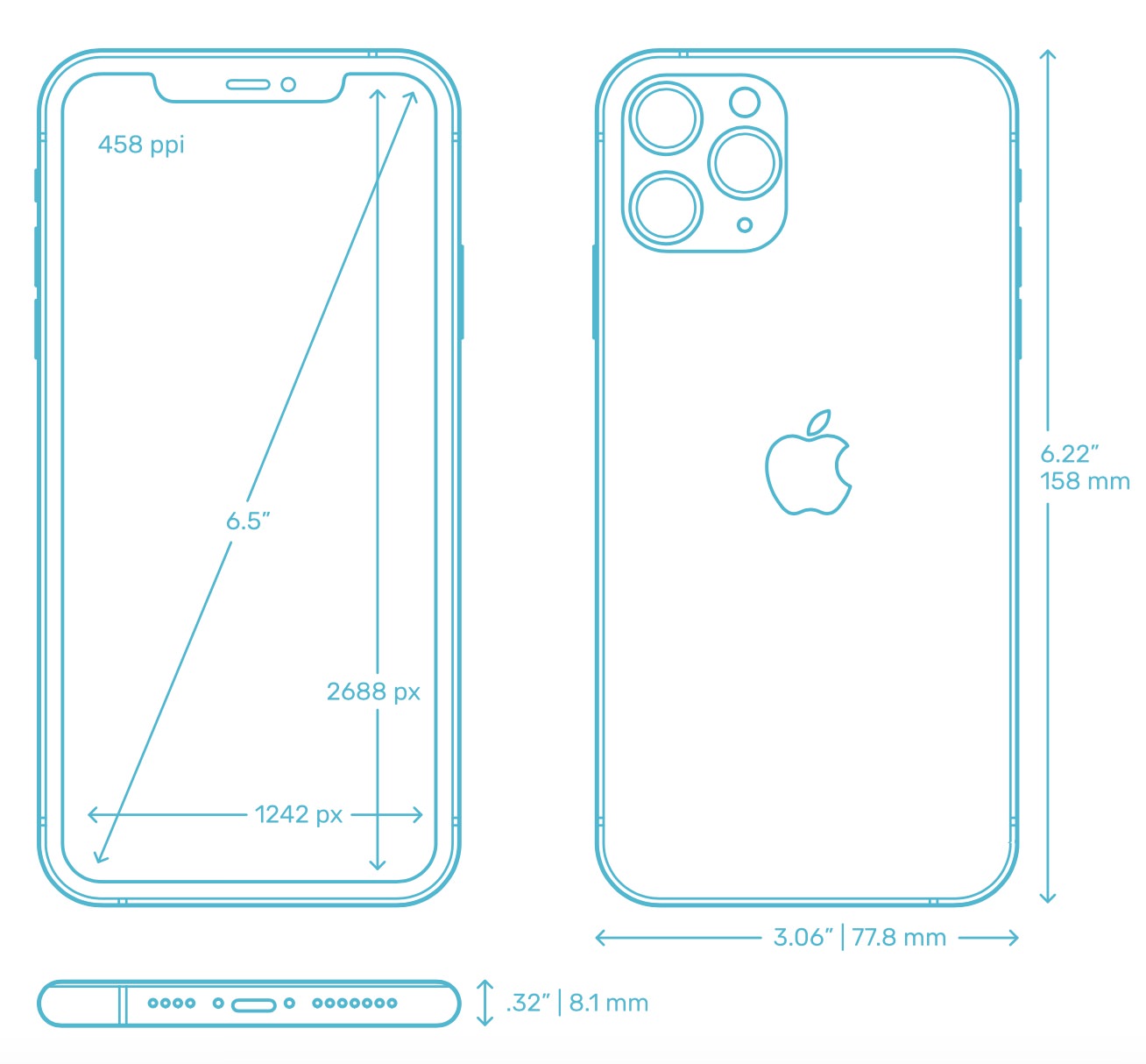
Among the other features of the display, we find a maximum brightness of 800 nits (1200 nits exploiting the HDR). Then there is True Tone support and DCI-P3 color gamut (typical).
The dimensions of the Apple iPhone 11 Pro are 5.67″ x 2.81″ x 0.32″ while those of 11 Pro Max are equal to 6.22″ x 3.06″ x 0.32″. The weight is 188 grams and 226 grams respectively. The chassis structure supports immersion up to 4 meters for 30 minutes (IP68) and these models are more resistant than iPhone 11.
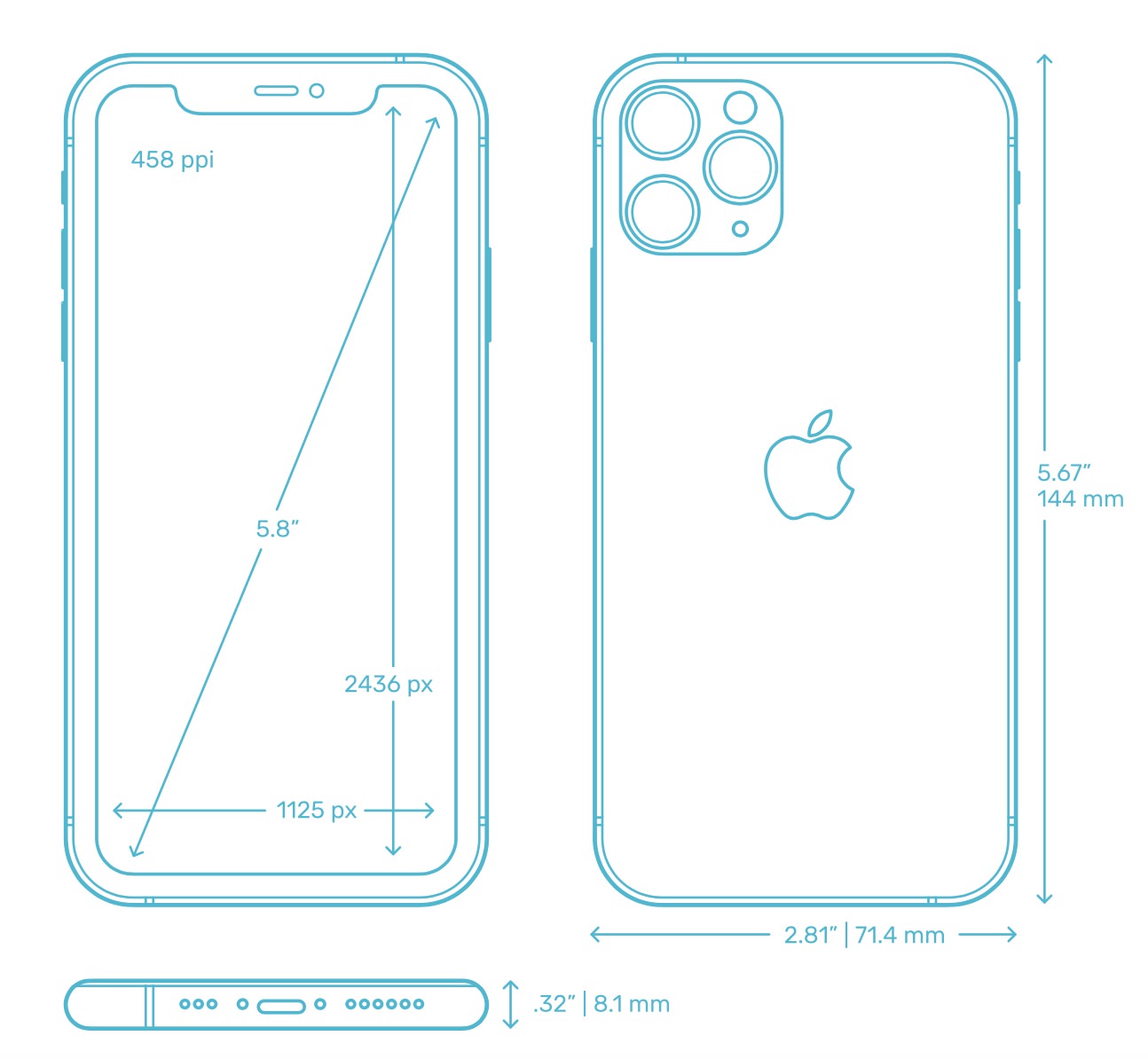
In the lower part, we always find the Lightning connector (and not USB Type-C) and the classics are present physical keys that all iPhone owners now know.
The heart of the system is the new Apple A13 Bionic SoC with third-generation Neural Engine. This allows to have high performances able to manage complex operations such as those dedicated to video games, augmented reality and video and image processing. Again no information on the amount of RAM while we know that storage is declined in three versions of 64 GB, 128 GB and 256 GB.
The cameras
In the rear area of the iPhone 11 Pro and iPhone 11 Pro Max we find for the first time on the iPhone a triple camera with three 12 MPixel sensors. In particular, there are ultra-wide-angle optics (13 mm equivalent), a wide-angle (26 mm equivalent) and a telephoto lens (52 mm equivalent). This allows an excellent flexibility of use to have the best objective for every occasion.
The technical features of the cameras include an f/2.4 aperture for the ultra-wide-angle (120° viewing angle and five lenses), f/1.8 for the wide-angle f/2.0 for telephoto (with six lenses). The latter offers a 2x optical and digital zoom up to 10x.
As in the past, portrait mode with bokeh and lighting management could not be missing (both modes use artificial intelligence). The latter includes a series of effects such as natural, photographic set, contouring, theater, b/w theater, high key b/n.
To improve the quality of the images and to avoid blur the image stabilization (OIS) is present both for the wide angle and for the telephoto lens but not for the ultra-wide angle. There is also a panorama mode with 63 MPixel resolution. Then there are a number of useful modes in various conditions such as night, new-generation smart HDR, Live Photos, red-eye correction, geotagging.
For video recording, 4K mode is supported at 24 fps, 30 fps or 60 fps, FHD at 30 fps or 60 fps and HD at 30 fps. Extended dynamic range (HDR) is supported for videos up to 60 fps. There is also optical image stabilization for the wide angle and telephoto lens during shooting.
You can then use the 2x optical or digital zoom up to 6x. Then there is the tracking of the subject and video in slow-mo FHD at 120 fps or 240 fps. You can also take photos with 8 MPixel resolution during 4K video recording.
The front camera is the same for all three models (including the ” cheap ” one). The resolution is 12 MPixels while the aperture is f/2.2. As with the other smartphones in the series there is support for advanced bokeh effects and lighting control as well as Animoji and Memoji. The camera can record videos up to 4K (24 fps, 30 fps or 60 fps), FHD (30 fps or 60 fps) and even slow-motion FHD at 120 fps. Also in this case there is the new Smart HDR and electronic image stabilization.
Connectivity
Both iPhone 11 Pro and iPhone 11 Pro Max have full support for many types of mobile networks. We find FDD-LTE (bands 1, 2, 3, 4, 5, 7, 8, 11, 12, 13, 17, 18, 19, 20, 21, 25, 26, 28, 29, 30, 32, 66 ), TD ‑ LTE (bands 34, 38, 39, 40, 41, 42, 46, 48), UMTS / HSPA / DC ‑ HSDPA (850, 900, 1700/2100, 1900, 2100 MHz) and GSM / EDGE ( 850, 900, 1800, 1,900 MHz).
As the most economical model, even in this case even with the LTE one can reach speeds of 1 Gb / s also thanks to the MIMO 4 × 4 and LAA4 technology. In addition to cellular connectivity, there is also support for the Wi-Fi 6 (802.11ax) standard and the 2×2 MIMO technology. Obviously Bluetooth 5.0, NFC, GPS/GNSS.
Another very important point is operational autonomy. We can only trust what Apple has declared (we will then test the truthfulness of the claims). According to reports, iPhone 11 Pro has a range up to 4 hours longer than that of iPhone Xs while iPhone 11 Pro Max should reach up to 5 hours more than iPhone Xs Max.
Video playback ranges from 18 hours to 20 hours while in the case of streaming, it drops to 11 hours and 12 hours. As far as audio reproduction is concerned, it reaches 65 hours and 80 hours, and both smartphones support 18 W (wired) or wireless Qi charging. The sensors include Face ID (for authentication), barometer, 3-axis gyroscope, accelerometer, proximity sensor, ambient light sensor.
Then new colors for both models debut and in general the user can choose between gold, sidereal gray, silver, night green (this last absolute novelty).

